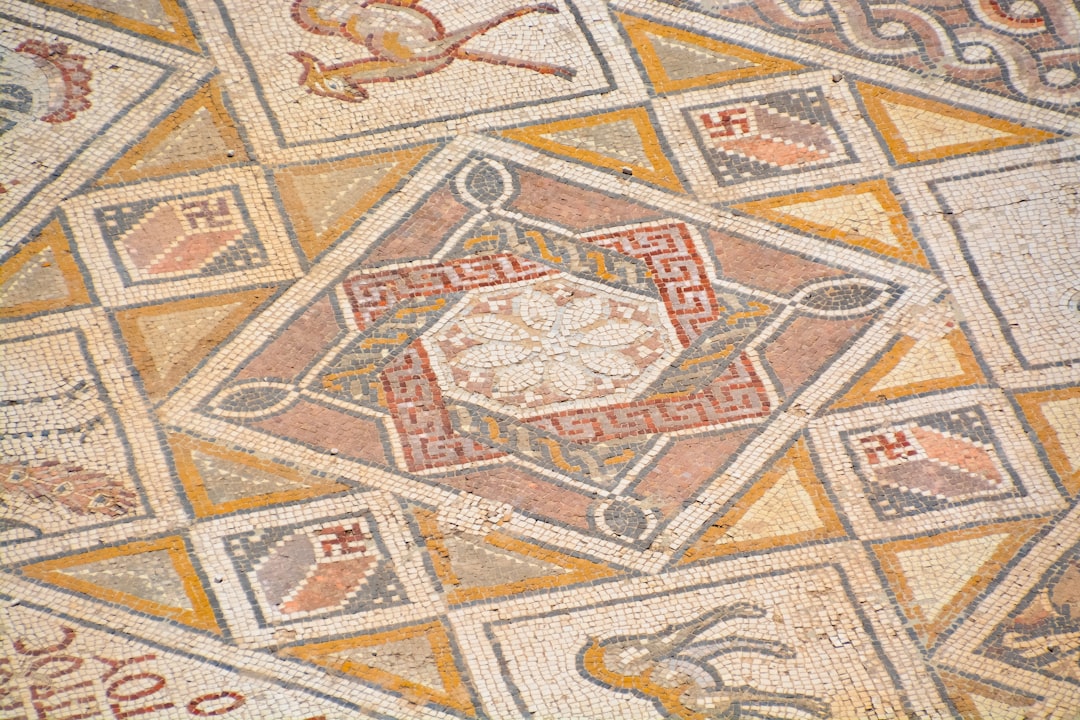What is it about?
In this article, we introduce a new, deep-learning-based approach to address the problem of optimal multi-item auction design. We make use of multilayer neural networks to encode auction mechanisms, with bidder valuations forming the input and allocation and payment decisions forming the output. The networks are trained using samples from value distributions to maximize expected revenue subject to architectural constraints or modifications to the loss function that achieve incentive compatibility (so that truthful bidding is an equilibrium). We re-discover close-to-optimal representations of essentially all known auctions from economic theory and design auctions for settings out of reach of theory and orders of magnitude larger than those that can be solved through other algorithmic approaches.
Featured Image

Photo by Steve Johnson on Unsplash
Why is it important?
Optimal auction mechanisms have a tremendous impact on society; e.g., the generalization of Vickrey’s second-price auction facilitates internet advertising and billion-dollar wireless-spectrum auctions worldwide. Although these kinds of design problems have been the subject of intense research since the 1960s, there remain several fundamental challenges coming from analytical bottlenecks. For instance, a complete understanding of the optimal auction for selling just two items remains elusive. Against this backdrop, we show how we can use tools from machine learning and AI for economic discovery.
Perspectives
There has been tremendous success in deploying tools from machine learning and AI (especially deep neural networks) for exploration and discovery in science and engineering—molecule design, the discovery of drugs, optimizing the design of fusion reactors, and guiding intuition in mathematics, to name just a few. Inspired by these successes, we developed a general-purpose end-to-end framework that uses differentiable representations of economic rules for solving problems in economics. This framework of differentiable economics shows promise for breakthroughs in the context of economic design. Since the first version of the paper, there have been several follow-on works, both advancing new methodologies and establishing applications to matching markets, data markets, and problems in social choice.
Sai Srivatsa Ravindranath
Harvard University
Read the Original
This page is a summary of: Optimal Auctions through Deep Learning: Advances in Differentiable Economics, Journal of the ACM, February 2024, ACM (Association for Computing Machinery),
DOI: 10.1145/3630749.
You can read the full text:
Contributors
The following have contributed to this page










